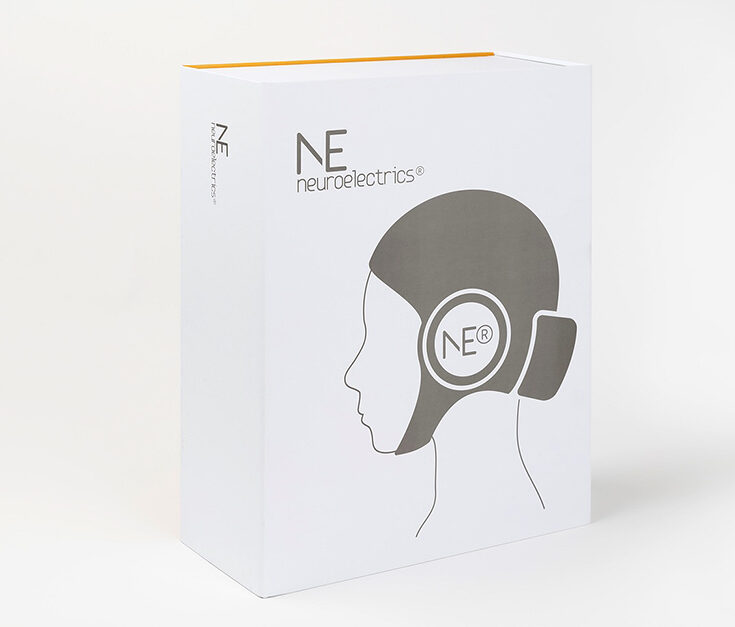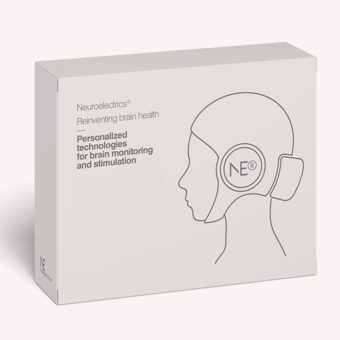Introduction
Does the word MDR ring any bells to you? If not, don’t worry – we’ve got you covered. In the vast landscape of medical devices, Neuroelectrics stands as the manufacturer of Enobio and its accessories, a medical device in the EU market. Whether you’re a manufacturer, distributor, importer, or part of the Competent Authorities, if you’re involved in the EU medical device market, you need to be well-versed in the regulations. In this blog post, we’re here to introduce you to the critical legislation governing medical devices in the European Union market: Regulation 2014/745, more commonly known as MDR. Let’s dive in and explore what it’s all about!
MDR Scope & History
Products whose use or consumption may have an impact on human health and safety are usually highly regulated to protect people’s health. This is the case for pharmaceuticals, medical devices, cosmetics, and food, among others. However, each one of these categories is covered by a specific legislation, or by several of them according to the definitions each product falls within.
As time goes by, requirements generally become stricter to avoid harm and serious incidents to users and MDR is not an exception, since its introduction was a big change with respect to the previous 93/42/EEC Directive, known as MDD. MDR was introduced in 2017, but it entered into force in 2021 and still today is not fully implemented mainly because of its extent and complexity.
A Quick Overview of MDR Requirements
In this section, we’ll provide an overview of some key aspects found in MDR. Keep in mind that MDR legislation is a very extensive document (around 88 pages), so beware that the information provided in this post is an overview and regulatory assessment needs to be looked for when interpreting the text for each specific case.
Only when all applicable MDR requirements are satisfied, the CE marking can be affixed to the medical device, as proof of compliance. This means that the medical device is designed and manufactured in a way that is safe and effective.
What information can you find in MDR?
In the MDR you can find requirements for different actors (manufacturers, distributors, healthcare centers, Notified bodies, etc.) to ensure that medical devices are used in safe conditions throughout their lifecycle.
Neuroelectrics, as a manufacturer of medical devices, must ensure the following:
- Implementation of a quality system and successfully passing a conformity assessment process, including the involvement of a Notified Body, which is an accredited EU agent that reviews the documentation and processes for medical device manufacturers.
- Communication to European Database on Medical Devices (EUDAMED). This database, still under construction, will consist of 6 modules related to actor registration, unique device identification (UDI) and device registration, notified bodies and certificates, clinical investigations and performance studies, vigilance, and market surveillance.
- A detailed description of the lifecycle processes of medical devices:
- Design, essential requirements, and product validation and verification.
- Clinical evaluation and clinical investigations.
- Labeling materials and information to be provided to the user.
- Risk management activities.
- Manufacturing, identification, and traceability, including the new UDI system, which is a codification system that will assign a unique code to each medical device introduced in the market.
- Post-market surveillance and vigilance activities.
- Traceability and documented records of all devices placed on the market.
- Maintenance of the Technical documentation, which is the internal information dossier of a medical device that contains the information listed in Annexes II and III.
- Maintain the EU declaration of conformity, which is a statement signed by the manufacturer and containing the aspects covered in Annex IV
- Have a person appointed as the Person Responsible for Regulatory Compliance, with the appropriate training to check that the devices and documentation are in conformity with MDR.
Neuroelectrics CE Marked devices
Neuroelectrics fulfills its obligations as a manufacturer of medical devices. Below, you can see a list of our products that possess the CE marking:
- EEG systems:
- Enobio 8
- Enobio 20
- Enobio 32
- Electrode positioners:
- Neoprene Headcap and Kid Neoprene Headcap
- Neoprene Headcap Pro
- Neoprene Headband
- Electrodes:
- NG Pistim
- NG Geltrode
- Earclip
- Sponstim 25
- Sponstim 8
- Foretrode
- Drytrode
Conclusion
Navigating the regulatory landscape of medical devices can be daunting, but it’s a necessary journey for the safety and well-being of all involved. The European Union’s MDR sets a robust framework to ensure that medical devices meet the highest standards, prioritizing user safety and effectiveness.
At Neuroelectrics, we take pride in meeting these standards. Our CE-marked products bear testament to our commitment to quality and compliance. As technology evolves and regulations continue to adapt, we remain dedicated to providing innovative and safe solutions to the EU medical device market.
In closing, the MDR might seem like a complex regulation, but it’s a crucial one. It’s about safeguarding health, ensuring transparency, and fostering trust in the medical devices we use. We hope this has given you a little bit more light on this scary, although necessary legislation called MDR!
References:
Regulation (EU) 2017/745 of the European Parliament and of the Council of 5 April 2017 on medical devices. URL: http://data.europa.eu/eli/reg/2017/745



